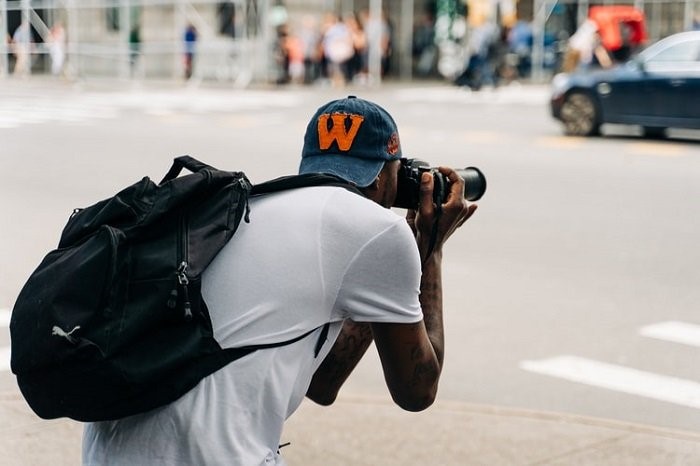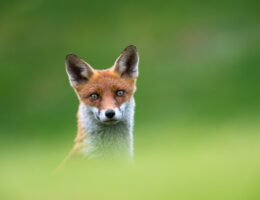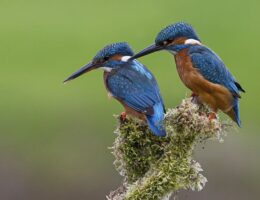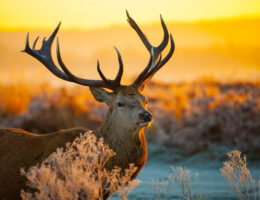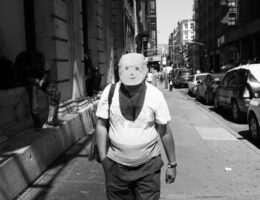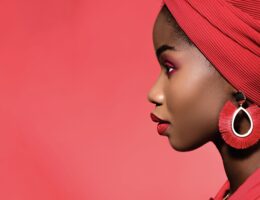IRAN ART EXHIBITION: STREET PHOTOGRAPHY IS MORE THAN JUST ONE TYPE
People new to the genre might think street photography is easy to define. You could say that street photography is when the street is the location and subject. But that’s far too simplistic.
There are, in fact, many types of street photography. And there are many street photographers with unique and distinct styles. Street photography doesn’t have one set of rules. It is flexible and open to interpretation.
We’ll take you through some of the different types of street photography. It’ll provide plenty of inspiration. And by the end, you’ll be ready to head out onto the pavement to shoot your own street photography.
10 Types of Photography You Should Know
The street is an environment familiar to us all. If you live in a city, you have to navigate your way through a maze of streets every day. There are streets we live on. And streets that are new to us.
But not all streets make us feel the same way. There are some we like. And some we don’t like. A vibrant street with lots of people can make us feel excited. Or a desolate avenue can give us the creeps. And streets, like flowing rivers, change as time moves forward.
These are the 10 types of street photography you should know. By the end, you’ll be ready to pick up your camera and pound the pavement.
1. Unobtrusive Street Photography
An unobtrusive street photographer is someone that does not interfere with the world around them. They have no part to play in the scene in front of them—they merely observe.
These photographers want their presence to go unnoticed. They stand back and blend into the background. And their minimal impact allows the scene to play out as naturally as possible.
It’s not possible to disappear completely. But it’s about becoming an accepted and non-threatening presence. It’s not about hiding—it’s about blending in.
The unobtrusive strategy allows photographers to capture everyday life on the street. This approach allows them to get candid shots without intruding on people’s personal spaces.
IRAN ART EXHIBITION: The photographer’s lack of impact allows street life to continue as if they weren’t there. The street photographer observes the unmediated chance encounters. And they capture the real moments as they flow by.
The art is in picking subjects and timing the shots. You need to be observant and patient. Forcing the shots could disturb the natural balance. People will become aware and self-conscious.
This type of street photography lends itself to photojournalism and documentary shooting. Both disciplines call for natural and true-to-life street photos.
But it’s also an art form in its own right. Candid street photography can freeze a moment in time. They can bring back old memories or ignite our imaginations.
2. Intrusive Street Photography
The intrusive street photographer has the opposite approach. They’re not happy to sit back and watch the world float past them. They want to make waves and be involved.
They still need to blend into the scene—but not to go unnoticed. The intrusive photographer pursues active inclusion. They take to people and make themselves known.
The intrusive style can produce vibrant images alive with energy and tension. The shots are candid but in a way that is more contrived than unobtrusive photography.
It doesn’t blend so well with traditional documentary photography. But it’s perfect for photographers interested in gonzo journalism. With gonzo, the journalist becomes part of the story.
This style of photography has been used to document dangerous groups. The photographer attaches themself to football hooligans or fringe political parties.
This type of street photography is less about waiting for something to happen. It’s more about making something happen. These photographers are brave. And often a little bit crazy too.
3. Raw-Style Street Photography
The raw style of street photography is about finding what’s underneath the surface. These photographers have a no-holds-barred approach. They expose the dark reality of street life.
Not every street is a picturesque boulevard lined with market stalls and old men reading newspapers. There are dark alleys and streets you shouldn’t walk down at night.
These are the locations of the raw street photographers. Their subjects are the barflies and the drunks, the prostitutes and the johns, the homeless and the hopeless. They’re the ones ignored and swept away.
Raw photographers bring them back into focus. They lift the rug and expose everything society has swept underneath.
It’s not always easy to look at. And this type of street photography does raise some issues about ethics. People are often caught in dangerous or compromising positions.
The goal is rugged realism. But is there a human cost to this art? And do the ends justify the means?
4. Street Portraits
Many people wouldn’t put portraits and street photography together. Portraits are often associated with studio photography. These days they are seen as something used for mugshots and resumes.
But street portraiture is a fascinating type of street photography. The street can be used as a location for portraits. Or you can find new faces for portraits as you walk out on the sidewalk.
Rosie Matheson is a contemporary portrait photographer who uses street settings to add meaning and flavour to her work. It’s not just about the person. Her street portraits are about the location.
IRAN ART EXHIBITION: People as subjects have always been an intriguing element in street photography. They bring warmth to an abstract world. A pair of eyes are like a lighthouse in a sea of concrete, helping the viewer connect to the scene.
Street portraits can be staged or candid. That is a decision for the photographer to make. It depends on their style and what they want to achieve.
5. Fine-Art Street Photography
Fine art and street photography aren’t usually considered associates. The former is about beauty and precision. The latter is about the hustle and bustle of the urban jungle.
But the street can be the setting for photography that focuses on beauty. It can be used as the canvas on which the photographer can paint their picture.
With many types of street photography, the content of the photo is important. But with fine art street photography, the photo itself is the important part. The image is the subject.
The fine art photographer finds beauty in the urban landscape. They use their skills of composition and framing to shoot captivating images.
The process of shooting this kind of street photography can be painstaking. Every detail is considered, and the camera placement has to be exact.
6. Fashion Street Photography
When people think about fashion, they think about studios and catwalks. But in reality, the main fashion catwalk is the street. That’s where most people see us wearing the clothes we like to wear.
Modern fashion photographers are well aware of this. They use the street as a backdrop for their fashion photography.
The main focus is still the clothes. But the urban scenery adds meaning to the photographer’s imagery. Certain locations have associations you can use to make clothes appeal to different demographics.
The clothes you see at fashion shows are conceptual. They can often look strange or even funny. But the street is the catwalk we’re all familiar with. They’re full of clothes we relate to, recognize, and understand.
7. Geometric Street Photography
The street can be a busy place. Cars and cyclists race past. People rush here and there. It can seem like a mess of movement. But if you stop and look, you’ll find hundreds of shapes and patterns.
These shapes and patterns appear naturally in an unnatural world. They could be shadows or paving slabs. They could be the railing on a flight of stairs or the intersection of two walls.
Geometric street photography has a distinct lack of clutter. It has a minimalist philosophy. The images are stark. The lines are clean, and the shapes are clearly defined.
IRAN ART EXHIBITION: Many types of street photography focus on the things that move. But geometric photography looks at static patterns. The photographer lets the world flow past them while they look for shapes.
Urban architecture offers many opportunities to the geometric photographer. Modern and postmodern buildings often use straight lines and sharp angles. They create an urban minimalist landscape of geometric shapes and patterns.
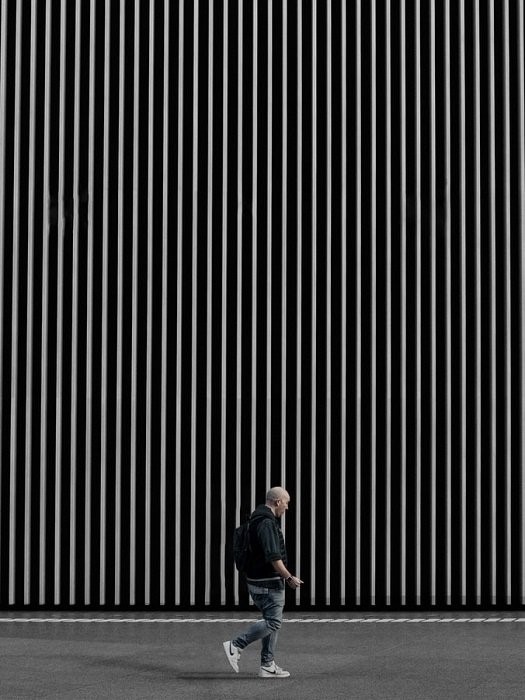
8. Smart Street Photography
It might seem unfair to call one type of street photography smart. Every style has artistic merit. But smart street photography holds a particular element that makes us think. It might be something clever or something funny.
These street photos often have a feeling of self-awareness. The photographer has a sense of humour. And the imagery has elements of satire.
The imagery is derived from how the photographer sees the world. There’s a cynicism that exposes the contradictions of modern life.
Smart street photography isn’t something easily achieved. And it’s not just about worldview. The photographer needs to be patient and persistent. They need a camera around their neck 24/7.
9. Abstract Street Photography
Abstract street photographers aren’t unobtrusive or intrusive. They step back from the street and see it in its purest form. They’re not looking at the moving elements, the cars or the people. They’re looking at a combination of shapes and patterns.
These photographers actually want a simplified image. Like fine art and geometric photography, it’s about the imagery rather than the subject.
IRAN ART EXHIBITION: Abstract street photography is about shape and form. People can be involved, but they are only part of a constructed image. The shapes can be hard and rough, like concrete or soft and smooth like rain on a window.
Composition is the key to abstract photography. The urban landscape is full of unique shapes and forms. And the street photographer finds the stripped-down aesthetic beauty within the scene.
10. Modern Street Photography
Modern street photography focuses on aspects of life peculiar to the modern world. It’s not as simple as taking a picture of a street scene today. That would be a contemporary street photo. But that’s not modern street photography.
People are not always the subject. The focus is more on shapes and images that symbolise modernism. It’s often the things that we know will change with time. It could be the shape of a new car model or a toy fad that’s already nearing its sell-by date.
Like smart photography, there is a sense of self-awareness. The photographer knows how times change. And how the new becomes dated in the blink of an eye. Modern street photography is about knowing you’re in a fleeting moment of history.
Conclusion
It’s hard to define street photography. It isn’t limited to one style. There are many types of street photography, all distinct and different. But they all find beauty and intrigue in the street.
Every street photographer has a distinct approach. They each find street photographs in different places, where street action flows fast or slow. But the results can be captivating all the same.
IRAN ART EXHIBITION: I hope this post has inspired you to hit the pavement and shoot street photography. Whatever your style, the street is a fascinating place to grow your photography skills.
